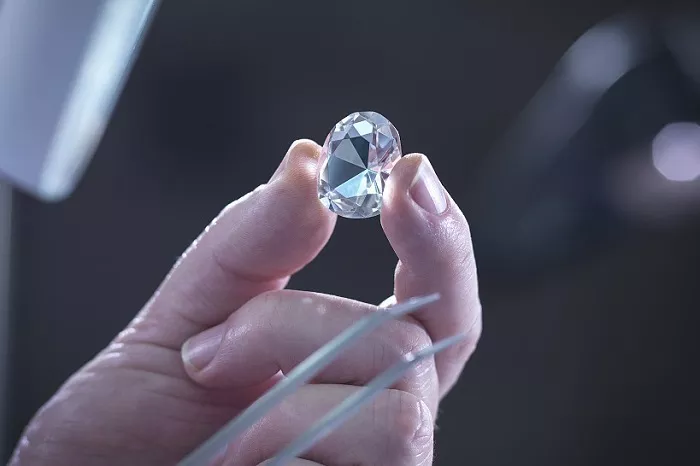A groundbreaking discovery in diamond synthesis has emerged, offering a promising path to easier lab-grown gemstone production. Scientists have developed a novel technique that can produce diamonds at regular atmospheric pressure, without the need for a starter gem.
Traditionally, diamonds are formed deep within the Earth’s mantle, under intense pressure and extreme temperatures. Current methods for synthetic diamond production, such as high-pressure and high-temperature (HPHT) growth, mimic these conditions by using liquid metals to convert carbon into diamonds around a starter seed.
However, these methods pose challenges in maintaining the required conditions and often result in relatively small diamonds. The new technique, detailed in a recent study published in the journal Nature by a team led by Rodney Ruoff, a physical chemist at the Institute for Basic Science in South Korea, presents a promising alternative.
The method involves using electrically heated gallium mixed with silicon in a graphite crucible, housed in a chamber maintained at atmospheric pressure. By flushing superhot, carbon-rich methane gas through the chamber, the researchers were able to catalyze the growth of diamonds within a relatively short timeframe.
Through experimentation with different metal and gas concentrations, the researchers identified an optimal gallium-nickel-iron mixture, supplemented with silicon, for diamond growth. Within as little as 15 minutes, diamonds began forming at the base of the crucible, with a complete diamond film forming within two and a half hours.
While the precise mechanisms behind diamond formation are still being studied, the inclusion of silicon appears crucial, potentially acting as a seed for carbon crystallization. However, the diamonds produced using this technique are significantly smaller than those grown using traditional methods, limiting their use in jewelry.
Despite this drawback, the new technique shows promise for scaling up diamond synthesis due to its low-pressure requirements. Further research is needed to explore potential commercial applications and technological uses for these lab-grown diamonds. Rodney Ruoff anticipates a clearer understanding of the method’s commercial impact within the next year or two.


